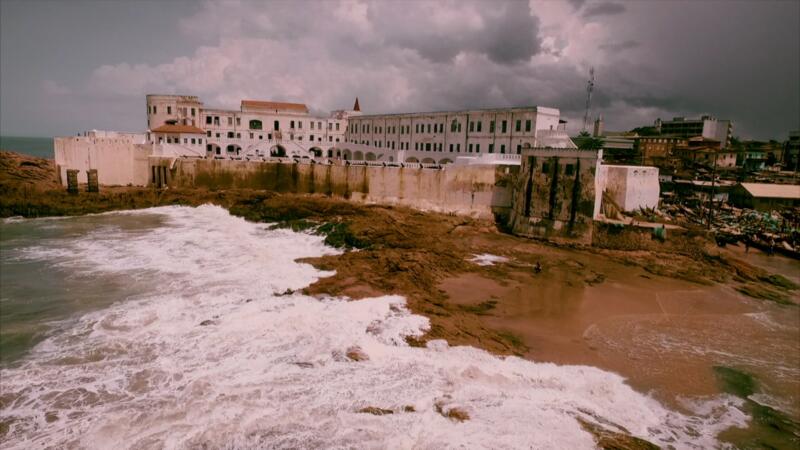
UPDATE: CLICK HERE TO WATCH ALL 6 EPISODES OF PBS’ 6-HOUR DOCUMENTARY SERIES ON AFRICA’S GREAT CIVILIZATIONS
PBS’ 6-hour documentary series “Africa’s Great Civilizations,” hosted by Henry Louis Gates, Jr., premieres tonight, February 27, at 9/8c, promising to bring “little-known yet epic stories to life, detailing African kingdoms and cultures,” said the press release.
Here’s an official summary: Henry Louis Gates, Jr. provides a new look from an African perspective at African history, traversing the dawn of mankind to the dawn of the 20th century. The series is a breathtaking and personal journey through history that includes evidence of the earliest human culture and art, arguably the world’s greatest ever civilizations and kingdoms, and some of the world’s earliest writing. Gates travels throughout the vast continent of Africa to discover the true majesty of its greatest civilizations and kingdoms.
The series will air over 3 nights, Monday-Wednesday, February 27-March 1, from 9-11 p.m. ET each airing. We’ll certainly be tuning in, and quite possibly live-tweeting the series.
To get you excited about what’s to come, PBS released 10 clips from the 6-hour documentary which are all embedded below, along with brief descriptions of each.
— For over a thousand years, African merchants gathered on the Swahili coast, once known as Azania, to exchange their wares with other merchants from Europe, from Persia, Arabia, even as far east as China.
— The Great Enclosure of Great Zimbabwe is the largest pre-colonial structure in the whole of Sub-Saharan Africa. It was a statement of majesty, power, wealth, and architectural genius.
— Prior to the establishment of Gondar, the capitals of Ethiopia moved seasonally, whereas in Gondar, settlements remained in the same place for hundreds of years, into the 18th century. Given this stability in terms of place, the empire’s power was consolidated.
— Explore 12 churches that were carved out of rock in the ancient Ethiopian highlands. In the 11th century, a new dynasty revived the fortunes of Ethiopia’s once great Christian kingdom to create one of the most spectacular of all religious sites in Africa, and in the World.
— In the lush forests of modern-day Central African Republic, sometime between 1800 and 1500 BC, craftsmen are believed to have discovered iron. New evidence indicates that ironworking began in the heart of Africa.
— The heart of Timbuktu’s intellectual life was its libraries. Between the 14th and the 17th centuries, they acquired hundreds of thousands of books, mostly written by African authors working in the city.
— In the middle of the fourth century, Axumite armies forged their way inland along the Nile Valley, invading new territories and heading for the Great City of Meroe, the third and last capital of the Ancient Kingdom of Kush.
— When it was founded in the year 1070, Marrakesh was a center of politics and law, but it soon began to attract merchants and craftsmen from the surrounding regions.
— The origin story of Ile Ife lies at the heart of the Yoruba culture. After death, the Onis were worshipped as Gods, and the artworks called Ife Heads were likely used as icons of power.
— Did you know that afro combs were used in ancient African civilizations? Burial pits in the Nile Valley have been the source of rare and unique artifacts, dating back more than 6,000 years.

